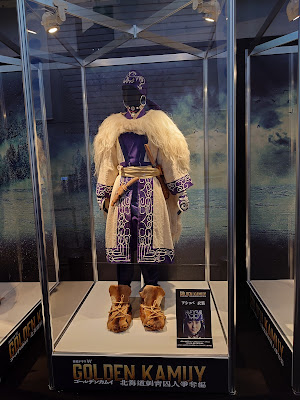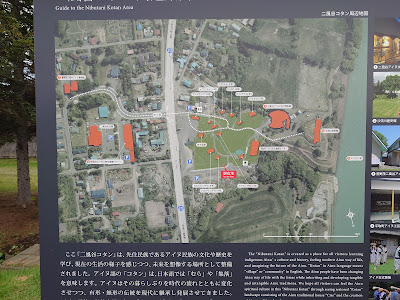by Kazu
I found a Caucasian couple watching around the museum and saying "These are very similar to those of the indigenous people of Alaska Aleut, in other words, Unangan, in their language.
Some bracelets were also made of iron and other kinds of metals. The design of the crafts were so simple but created so relaxing and comfy impression to use.
Needless to say, making the clothes of the indigenous people of Hokkaido Ainu need cotton, textile, strings and other materials, in particular, in winter, to get over the fatal coldness. They had to exchange their products with Japanese people.
Some bracelets were also made of iron and other kinds of metals. The design of the crafts were so simple but created so relaxing and comfy impression to use.
Needless to say, making the clothes of the indigenous people of Hokkaido Ainu need cotton, textile, strings and other materials, in particular, in winter, to get over the fatal coldness. They had to exchange their products with Japanese people.



















































